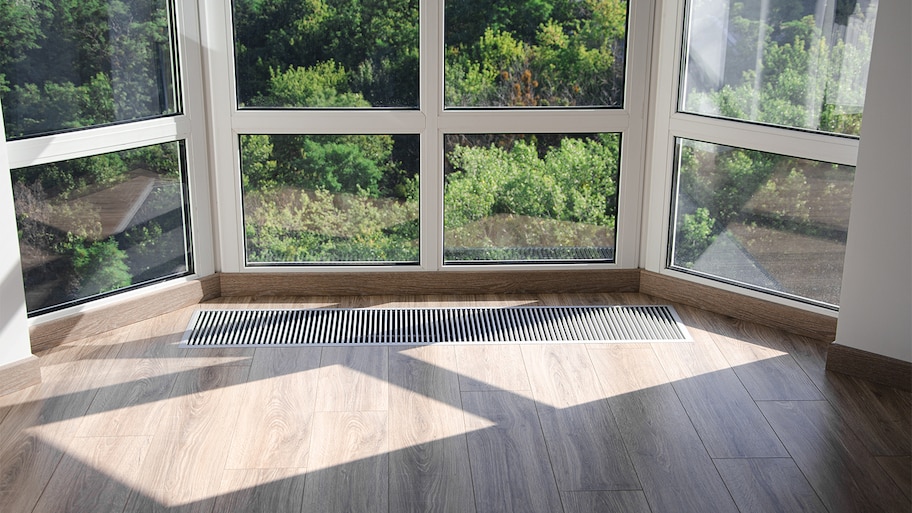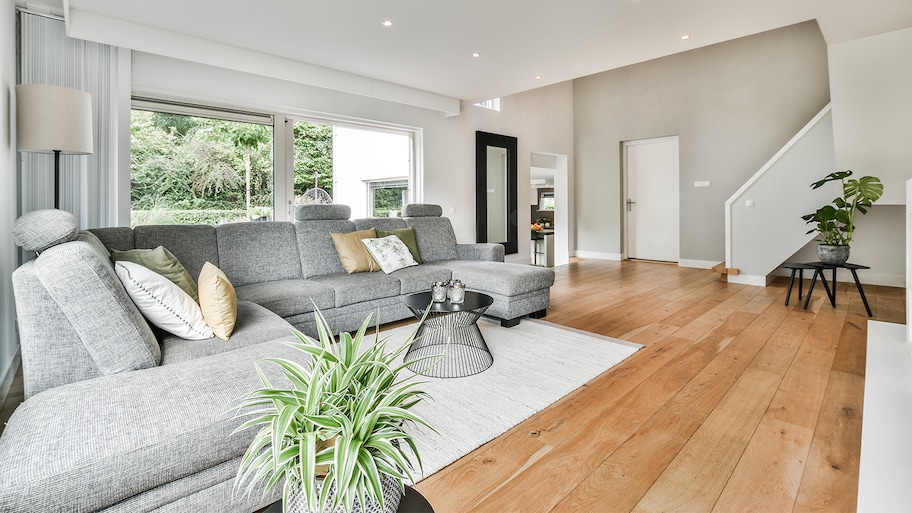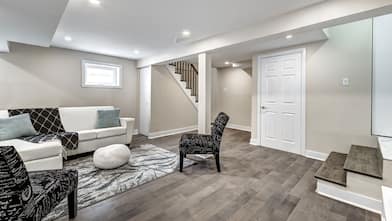Highlights
An ERV system uses two fans to draw out stale air and draw in fresh air.
ERV systems are more energy-efficient and keep out air contaminants and odors.
ERV systems can be noisy and expensive to install.
We're all looking for better ways to heat and cool our homes, and there are a lot of interesting systems out there that promise to do that. One of these systems is known as an energy recovery ventilator (ERV), and many homeowners are using it to more efficiently keep their home comfortable while eliminating air contaminants.
But is it right for your home? This guide breaks down what an ERV system is, and what its benefits and drawbacks are. Adding an energy recovery ventilator (ERV) doesn't have to compromise the efficiency of your home or HVAC system.
What Is an ERV System?
An ERV system is an energy recovery ventilator, and is also referred to as an ERV air exchanger or ERV ventilation system.
These systems are connected to your overall HVAC system to circulate fresh air and help your home retain heat during cold weather by ventilating your home in way that prevents heat from escaping in the process. They also keep out air contaminants and allergens.
How Does an ERV System Work?
An ERV system uses two fans: one fan to pull fresh air into the building and another fan to push the stale air out. A heat exchanger works to transfer heat and moisture from one air stream to the other, preventing any loss of heat from this ventilation method.
Also, an ERV system captures contaminants, allergens, and other pollutants as the outside air enters the home.
What Are the Benefits of Installing an ERV System?

An ERV system has multiple key benefits that make it attractive to homeowners.
Energy-Efficient
Some manufacturers claim that 99% of heat energy from the stale air is transferred to the incoming air. This makes it a far more energy-efficient way to ventilate your home compared to, say, opening a window. As a result, you may enjoy lower energy bills, and your home will remain a comfortable temperature in the process.
Better HVAC Performance
ERV systems will keep the ductwork and filters in your HVAC system cleaner for longer, meaning less maintenance required and resulting in a longer life for your HVAC system.
Keeps Out Contaminants
Stale air that builds up in your home can be loaded with contaminants and allergens that can irritate your airways or just lower the air quality in general. Also, odors can build up over time. An ERV system will ventilate your home to keep fresh air circulating.
Lower Humidity
ERV systems don't just regulate heat; they also lower humidity by between 30% to 50%. This keeps your home comfortable and may prevent damage from mold and mildew over time.
What Are the Downsides of Installing an ERV System?
While there are many benefits to ERV systems, homeowners should also be aware of some downsides as well before making the choice to install one.
High Electricity Usage
While ERV system manufacturers claim that an ERV system will lower your energy bill, that is not always the case. Some ERVs may use more electricity than they save you in terms of heating and cooling, so these types of systems may be ideal for homeowners who spend a lot on heating and cooling each year and are looking for ways to lower it.
For those with more modest heating and cooling bills, an ERV system may not save money.
Noise
ERV systems work hard to keep air circulating, and that means they can be noisy. They pump air at high velocity, and if you install them too close to living areas, the sound may bother you. You can mitigate this by installing it somewhere that won't bother you.
Cost
An ERV system may save you money in the long run, but the initial installation may cost $2,000 or more.
Indoor Air Quality May Not Need Improvement
Not all homes are filled with contaminants. Before making the decision to install an ERV system, consider testing your current air quality to determine if an ERV system may be needed.
The cost of indoor air quality testing is about $400 on average. If your air quality is not terrible, it may be better to follow some tips to improve indoor air quality.





